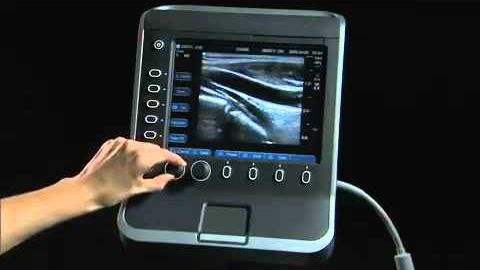
Subtitles & vocabulary
SonoSite S Series Product Training Part 1: System Overview
00
jack posted on 2016/10/20Save
Video vocabulary
key
US /ki/
・
UK /ki:/
- Noun
- Answers to exercises, as at the back of a book
- Something you use to open a lock or start a car
- Adjective
- Important; necessary to make an action successful
A1TOEIC
More page
US /pedʒ/
・
UK /peɪdʒ/
- Proper Noun
- Person's name
- Transitive Verb
- To call for someone via a phone or speaker
A1TOEIC
More patient
US /ˈpeʃənt/
・
UK /'peɪʃnt/
- Adjective
- Not getting annoyed when things take a long time
- Bearing or enduring pain or trials without complaint; exhibiting forbearance.
- Countable Noun
- Person who receives medical treatment or care
A2
More color
US /ˈkʌlɚ/
・
UK /'kʌlə(r)/
- Transitive Verb
- To change or affect someone's opinion
- To make something colorful using colored pencils
- Noun (Countable/Uncountable)
- Quality of things you can see, e.g. red, blue
- Pink or red in your face, e.g. after being ill
A1
More Use Energy
Unlock All Vocabulary
Unlock pronunciation, explanations, and filters
